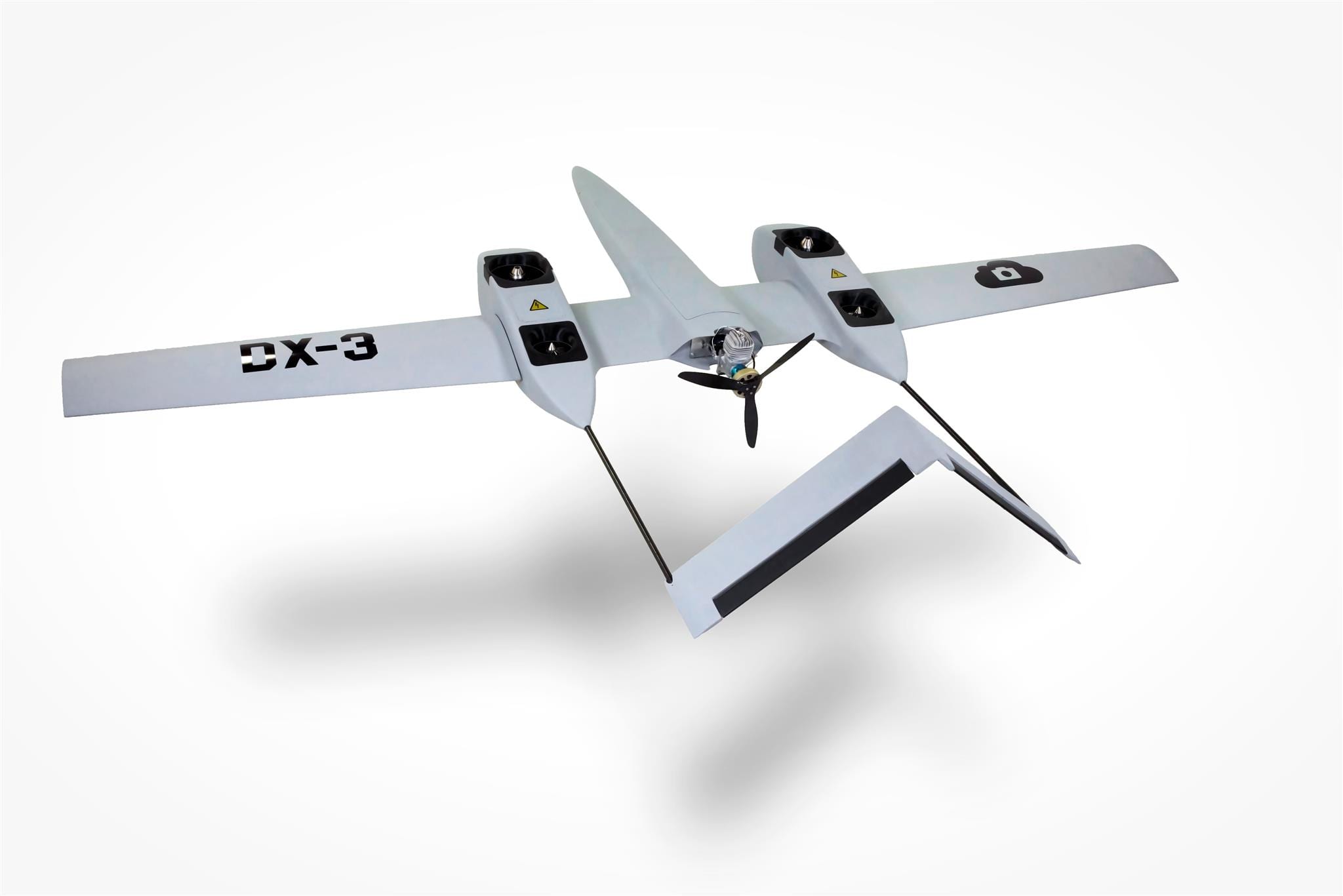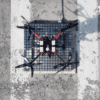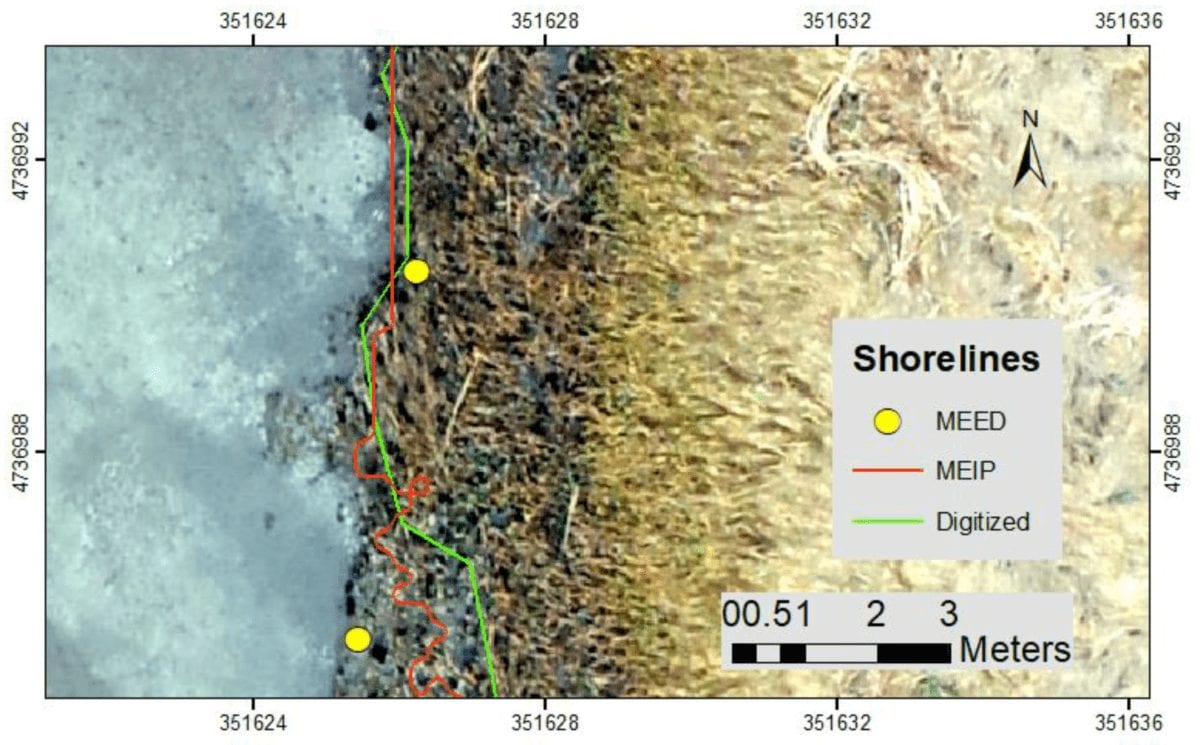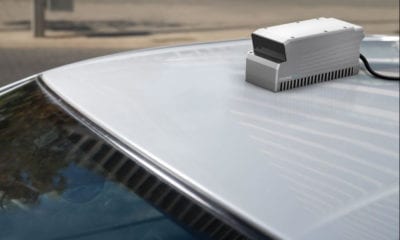Sky Guys Take to the Skies: SFOC Granted for Testing of DX-3 Vanguard
One of Canada’s leading drone operator’s has been granted a a Special Flight Operations Certificate (SFOC) which will allow them to undertake landmark benchmarking tests on the new DX-3 Vanguard.
Granted by Transport Canada, the permit will allow testing of critical elements of the Vanguard’s flight performance, including evaluation of vertical take off and landing (VTOL), as well as factors such as endurance, systems safety, forward flight as well as aspects of human interaction with the drone.
The DX-3 Vanguard, a fixed-wing drone, has been designed to deliver live data processing in challenging conditions using satellite, radio and cellular networks, and beyond line of sight as far afield as 1500km.
Fuelled by hydrogen fuel cells, the drone can fly for more than 24 hours, and with on-board LiDAR and infrared cameras it is ideal for long range inspection and asset monitoring.
Jeremy Wang, CTO of The Sky Guys, says the Canada-designed and produced UAV is unique.
“This SFOC is a testament to the industry-leading engineering design and flight operations expertise at The Sky Guys,” he says.
“Besides its outstanding performance specs, the DX-3 Vanguard comes with safety features normally found in military and commercial aviation. The system is also proudly designed and assembled in Canada, so we have tight control over the IP and production methods that make it unique around the world.”
To get this far, The Sky Guys have spent months testing and evaluating the DX-3 Vanguard in controlled lab conditions.
Now, with the SFOC signed off, they will conduct line-of-sight and simulated BVLOS testing at Toronto Markham Airport CNU8.
Adam Sax, President and CEO of The Sky Guys says the Vanguard represents a great leap forward for commercial long range UAVs.
“Capable of flying for over 24hrs and 1500km in range, the DX-3 utilizes military-grade technology and sensors to carry out missions in heavy industry and military environments,” he says.
Its ability to take off and land vertically eliminates the need for runways or launch rails typically required with similar UAS platforms only available to the defense sector.”
“We’ve been working closely with partners in industry, law enforcement, and defense to define test protocols that will establish the DX-3 as the forerunner in NATO Class 1 / DoD Group 2 class UAVs,” concluded Sax.

























